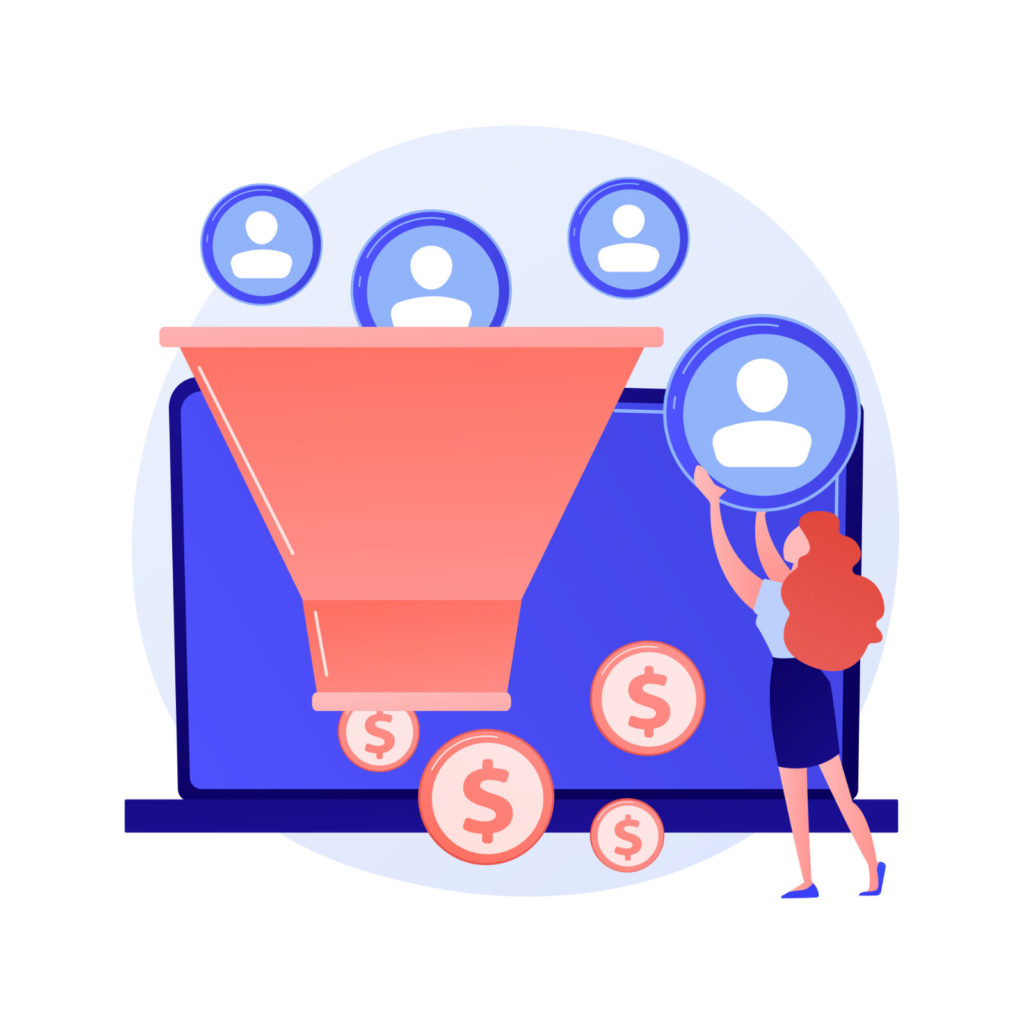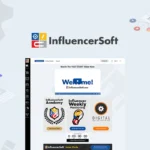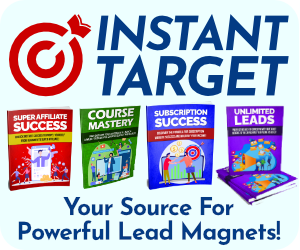Sales funnels and marketing funnels are two different things altogether but it’s important to understand the distinction between them. Both are really important for any business but they have different functions – marketing funnel is used to get you leads and sales funnel is used to turn those leads into paying customers. Understanding the difference between the two can make or break your business. Thus we will dive into the difference between a sales funnel and a marketing funnel.
Sales funnel and marketing funnel are often used interchangeably, and while they’re similar in some ways they’re actually very different. A sales funnel is the process of moving a lead through the stages of becoming a customer, while a marketing funnel is the process of attracting website visitors and converting them into leads. A marketing funnel is a process by which to acquire a customer by getting them to hear about your company or product through advertising and promotional activities that bring them through the sales funnel.
The difference between a sales funnel and a marketing funnel
You can build a sales funnel by starting off with generating awareness about your product. You should try and build awareness in as many channels as possible, including social media, blogging, search engine marketing and email marketing. Once you’ve generated awareness, you need to move on to the next step – creating interest. You can create interest by writing blog posts and articles that are relevant to your prospects and that address the problems they’re experiencing. The final stage is convincing those leads to buy your product or service.
Marketing funnels start by getting people to visit your website, then working to convert them into leads, and finally turning those leads into customers. Since you can’t get leads out of nowhere, you first need to get your website in front of people who may be interested in your product or service. That’s why you have to have a solid content marketing strategy that focuses on publishing valuable, helpful content. Your content provides the initial attraction point to get people to visit your website and get interested in your products.
Anyone who is serious about making any kind of money on the internet has to pay close attention to funnel building. The problem a lot of people are facing with their funnels is they don’t understand what kinds of funnels they should be building. A lot of people literally put themselves in that situation because they didn’t use a systematic, methodical approach to going about it – they just jumped right in and tried to build funnels out of thin air without first considering how their needs align with the needs of their customer.
Marketing funnels explained
Marketing funnels are all about getting traffic that are looking for certain types of content or solutions to problems, and turning them into buyers. You want to identify this traffic and sort the people that visit your website in a funnel of sorts. Start with the most basic questions and concerns from the first people at the beginning of the funnel, and work your way to the end where they convert into customers and brand advocates. When you plug them into a marketing funnel, their questions get answered and before you know it, they build more and more trust in whatever it is you are promoting.

Sometimes with a marketing funnel, there is interaction. It’s important to interact with and listen to everyone who reaches out to you. People reach out to you on social media because they become interested in your product or services. Even if sometimes it’s just to give you feedback or some criticism, it’s a good thing. At the very least, you should appreciate the fact that there are so many people who are actually interested in your product or service. If you respond to them and address their concerns, it will allow them to trust you more. People love communicating with people who respond well to criticisms, and responding well to criticisms is a skill that needs to be developed. This can build rapport between your company and your customers, which can then lead them to purchase even more of your promotion. Marketing is about attracting your target audience and building their interest by creating quality content that gives value to them. You want to use the traffic from your funnel to create a community. Your goal is to add value to their lives by giving them useful information that will help them achieve what they want to do.
The process of finding customers involves four key steps:
- Attract people
- Build trust
- Get traffic and
- Convert visitors into customers
The marketing funnel gets you all the way up to the forth step. There’s really a limited opportunity in just building credibility. You need to go the extra step to create a customer. The marketing funnel is about adding prospects to your database, either through cold prospecting or warm prospecting. Now, there is a sales funnel that focuses on your existing prospects and moving them from awareness of your product, through to consideration and purchase. Sales funnels start where marketing funnels end, and they help move prospects you’ve already worked hard to acquire into actual buyers.
Building proper sales funnels
It can be true that if you have a great sales page and you convert your prospects, you can build a complete sales funnel into one page. This is called a conversion page. A conversion page is a one-page website that is optimized to capture leads, then nurture those leads into customers. This page contains a step by step process to follow in order to purchase the product. When you build a complete sales funnel into one page, you need to be confident that your page is converting readers very effectively, or you may lose a lot of sales and therefore money.

When people visit your website or landing page, they want to read. They want to find information. When they find what they are looking for, they will continue reading. As they continue reading, they will find answers to all of the questions that they asked themselves when they first visited your landing page. The more they answer and fulfill the questions, the more trust you build, and it becomes more likely that they will become a customer of yours and click on the Order Now button. What happens to everybody else? They bounce out.
After they have read the copy on the sales page, they realize that they are either not interested in the product or service you are offering, or that your value proposition doesn’t appeal to them. So your conversion page can be considered to have done its job. It filtered out people who were not a good fit for your product or service. Whereas marketing funnels qualify prospects over an extended period of time, and this is beneficial for both the marketer and the prospect.
Marketing funnels are one of the most commonly used methods to build trust in the mind of the visitor. Marketing funnels help guide the visitor through a series of steps that ensures they will buy your offer at the end. Almost every visitor who lands on your website has a certain set of questions in mind. They want answers. Marketing funnels are exactly what these visitors need.
One of the most important things about copywriting is being able to engage your audience. Many companies that don’t put any focus on their copywriting stop at just having an enticing headline and a short, basic introduction into their product. For a website to really capture their audience’s attention, they need to provide more information that would be relevant to the visitor by giving explanations and supporting facts. Visitors who take their time to read your copy and look at your supporting facts and information are more likely to become a customer.
When they get their initial questions answered, most would want to bounce out. But if your content speaks to other questions that your audience may have or even deeper needs that they may have, you have a greater chance of pulling them deeper into your site and creating a better impression.
The deeper a visitor goes into your site, the more likely they are to become a member of your mailing list and click the ads. Studies have shown that the more related content you provide on your website, the more likely visitors will be to explore your content, leading them to further pages of interest. So a marketing funnel is a cohesive process that leads prospects through your marketing and up to a conversion. The whole point of the marketing funnel is to build trust and credibility with your audience in order to lead them onto a conversion sales funnel.
Final Word on Sales and Marketing Funnels
When you’re talking about the difference between a sales funnel and a marketing funnel, you tend to approach marketing and sales from the same point of view. You want to sell as many widgets as possible. This is not how it’s done though. Marketing is all about creating content that informs your audience and brings in leads. Sales on the other hand is all about selling those leads, creating personalized experiences for them. Your sales funnel needs to be tailored to your audience. So it is important to understand the differences between the sales funnel and marketing funnel. In order to properly market a product or service, you need to understand how each funnel works. It’s crucial that you don’t confuse the two.







